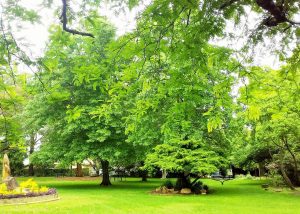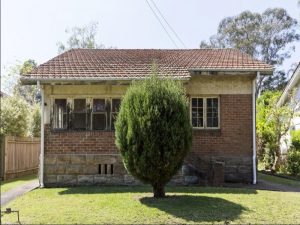Hunters Hill Trust AGM 2021 (now to be held via Zoom) & Information Evening (postponed)
Due to the new COVID-19 restrictions for Greater Sydney we cannot go ahead with our planned in-person event at the RSL Hall. We have no alternative but to postpone the Information Evening to a later date when this outbreak is under control (and before the Council elections) and hold the AGM by Zoom. A disappointing outcome for our meeting but looking forward to rescheduling as soon as possible – so watch this space!

When: Thursday 24 June 2021 6.30pm for 7pm
Where: RSL Hall, corner Ady and Alexandra Streets, Hunters Hill
RSVP: members@huntershilltrust.org.au
We invite members to come along at 6.30pm for a long overdue get-together over drinks and nibbles! After a short AGM at 7pm and a break to refresh our glasses, at 7.30pm, our guest speaker Mayor Ross Williams will talk to us about the latest proposals and consultation regarding Council’s Property Strategy and newly released plans for Figtree Park. These plans are in the Agenda for Council’s meeting on 21 June under Item 6 Public Spaces Legacy Project at Figtree Park




 On Thursday 20 July, Trust Committee Members met with Anthony Roberts, Minister for Planning, Minister for Housing, and Special Minister for State, Leader of the House to discuss heritage and planning in NSW. The Department of Planning and Environment Secretary, Carolyn McNally was also present.
On Thursday 20 July, Trust Committee Members met with Anthony Roberts, Minister for Planning, Minister for Housing, and Special Minister for State, Leader of the House to discuss heritage and planning in NSW. The Department of Planning and Environment Secretary, Carolyn McNally was also present.